It does not have to clamp anything, technically.
One place this behavior is defined is by the pixel transfer operation. In other words, if the internal format and the format of the data you are transfering into the texture differ, then lots of interesting things can happen including scaling/clamping to a certain range. If you properly match internal format and pixel transfer format you can avoid implicit normalization and clamping of the image data since no conversion will be necessary.
Of course, pixel transfer is only one source of clamping. In GL4.3 you can share the underlying data store between multiple texture objects and change the internal format for compatible image classes (e.g. any 32-bit texture format) using texture views. That can be used to reinterpret UNORM image data as SNORM when sampled, for example.
I should probably explain that something like
GL_RGB8 is fixed-point... more specifically, it is Unsigned Normalized (UNORM). If you were to transfer image data into a
GL_RGBA32F image using
GL_RGBA as the pixel transfer format and
GL_UNSIGNED_BYTE as the data type GL will interpret that as conversion from
GL_RGBA8 (source format) to
GL_RGBA32F (internal format).
In GLES you must always match these formats because pixel transfer conversion is undefined. In desktop GL, however, this example is going to produce values only in the range [0.0, 1.0]. If you wanted the range to be [-1.0, 1.0] you would need to use an SNORM format.
It works the other way around too, if you try to read from a texture with a different internal format and destination format. If you want to get the proper values into / out of your texture, you need to avoid pixel transfer conversion.
8.4.4.2 Conversion to floating-point
This step applies only to groups of floating-point components. It is not performed on indices or integer components. For groups containing both components and indices, such as GL_DEPTH_STENCIL, the indices are not converted.
Each element in a group is converted to a floating-point value. For unsigned or signed integer elements, equations 2.1 or 2.2, respectively, are used.


The specification goes on later to further clarify this behavior for all classes of image data:
The selected groups are transferred to the GL as described in section 8.4.4 and then clamped to the representable range of the internal format. If the internalformat of the texture is signed or unsigned integer, components are clamped to [−2n−1, 2n−1 − 1] or [0, 2n − 1], respectively, where n is the number of bits per component. For color component groups, if the internalformat of the texture is signed or unsigned normalized fixed-point, components are clamped to [−1, 1] or [0, 1], respectively. For depth component groups, the depth value is clamped to [0, 1]. Otherwise, values are not modified. Stencil index values are masked by 2n − 1, where n is the number of stencil bits in the internal format resolution (see below). If the base internal format is GL_DEPTH_STENCIL and format is not GL_DEPTH_STENCIL, then the values of the stencil index texture components are undefined.

